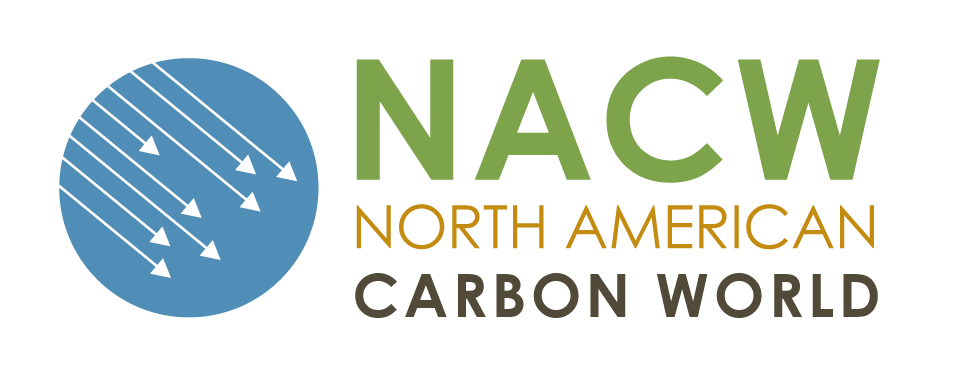| Document/Tool | Description |
| Forest Project Protocol Version 3.3 (November 15, 2012) | The revision from Forest Project Protocol Version 3.2 to 3.3 involved minor editorial changes and clarifications as well as improved guidance based on recommendations from the soil carbon, lying dead wood, and sustainable forestry certification white papers and stakeholder comment process. |
| Forest Project Protocol Summary | This document is a one-page summary of the Forest Project Protocol Version 3.3 project eligibility requirements including project start date, additionality, and environmental safeguards. |
| Summary of Changes from V3.2 to V3.3 | This document summarizes the significant revisions from FPP Version 3.2 to Version 3.3. |
| Quantification Guidance (January 21, 2014) | This document provides guidance for quantifying a Forest Project’s onsite carbon stocks and carbon in harvested wood products, both for purposes of estimating a project’s baseline as well as providing ongoing estimates of onsite project carbon stocks throughout the project life. |
Public Comment Period
Public Comment Workshop
The Reserve hosted a workshop in San Francisco on July 13, 2012 to discuss the proposed changes to the FPP Version 3.3 as well as the Federal Lands White Paper. The Reserve will use feedback from the workshop along with written comments received during the public comment period to inform decisions about the protocol revisions. The meeting video is available below.
If you have questions about the FPP Version 3.3, please contact the Reserve.
References
Methodology for using the Forest Soil Carbon Loss Lookup Table by Alex Gershenson, PhD
Verification of Forest Carbon Project Plots Using Sequential Statistical Methods by Tim Robards, PhD
Differences Between Standing and Downed Dead Tree Wood Density Reduction Factors: A Comparison Across Decay Classes and Tree Species by Mark E. Harmon, PhD




